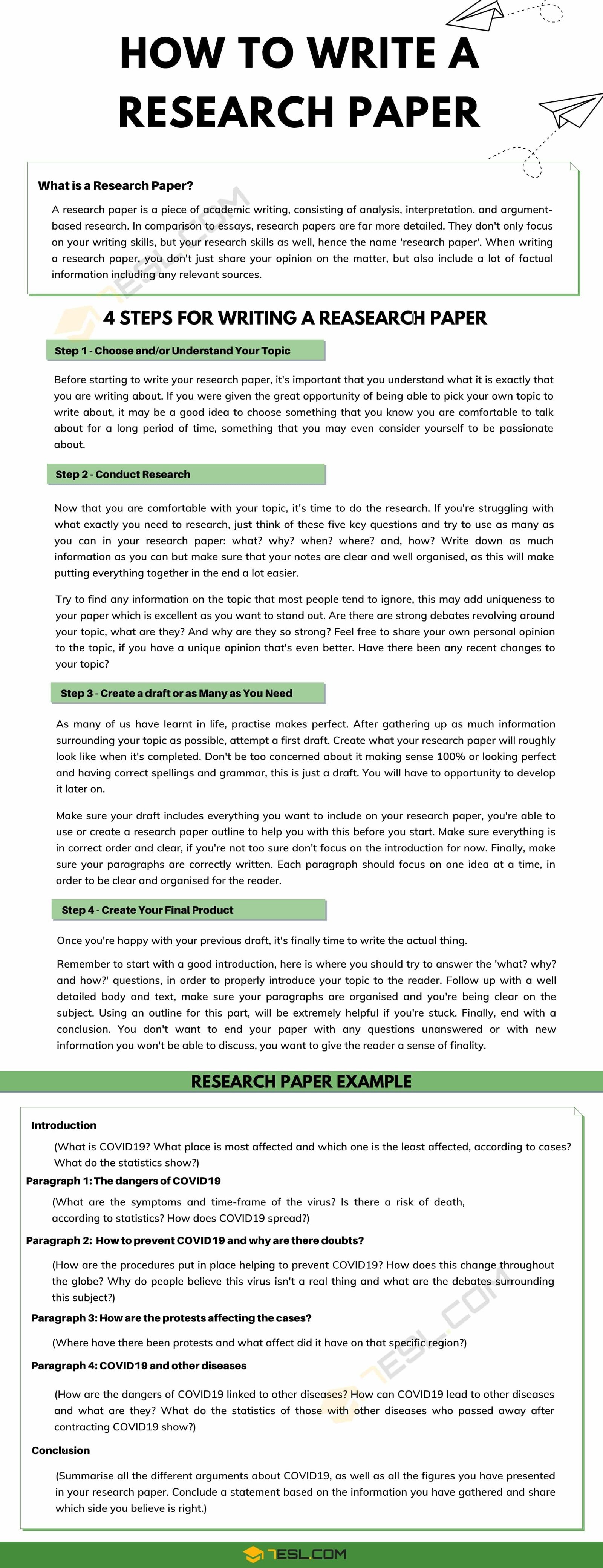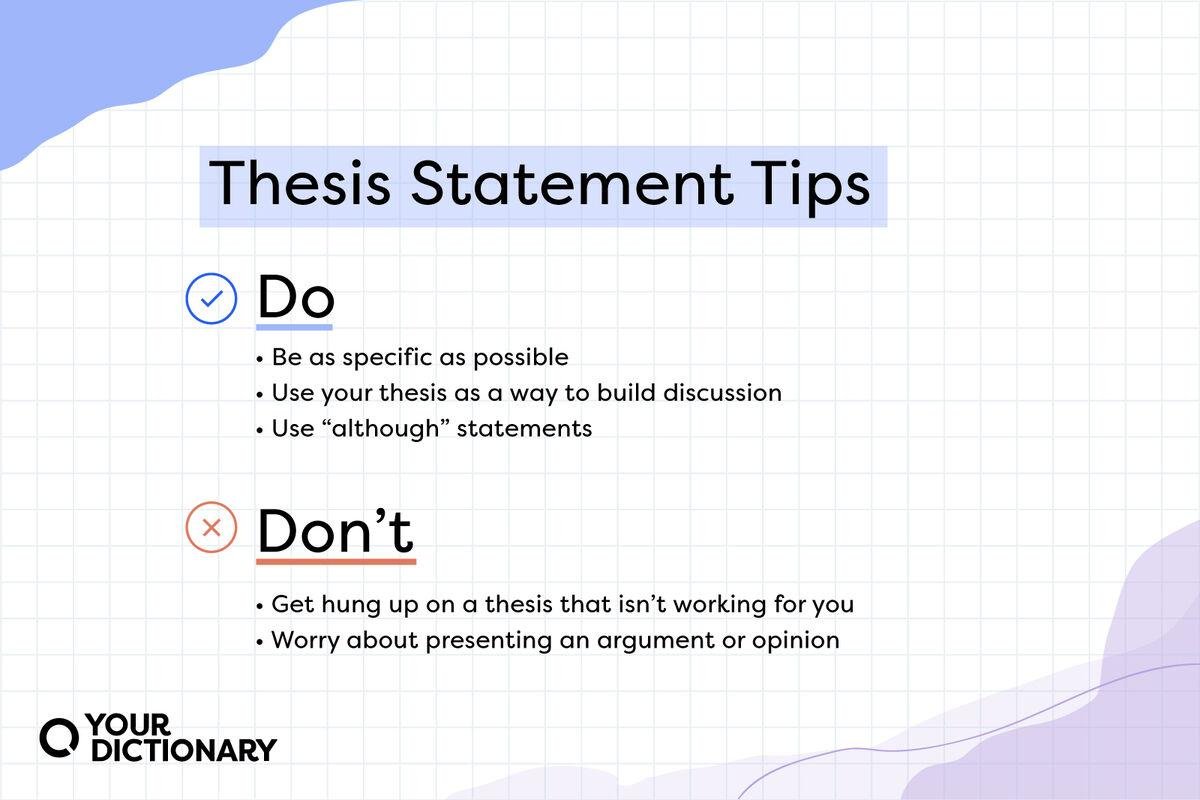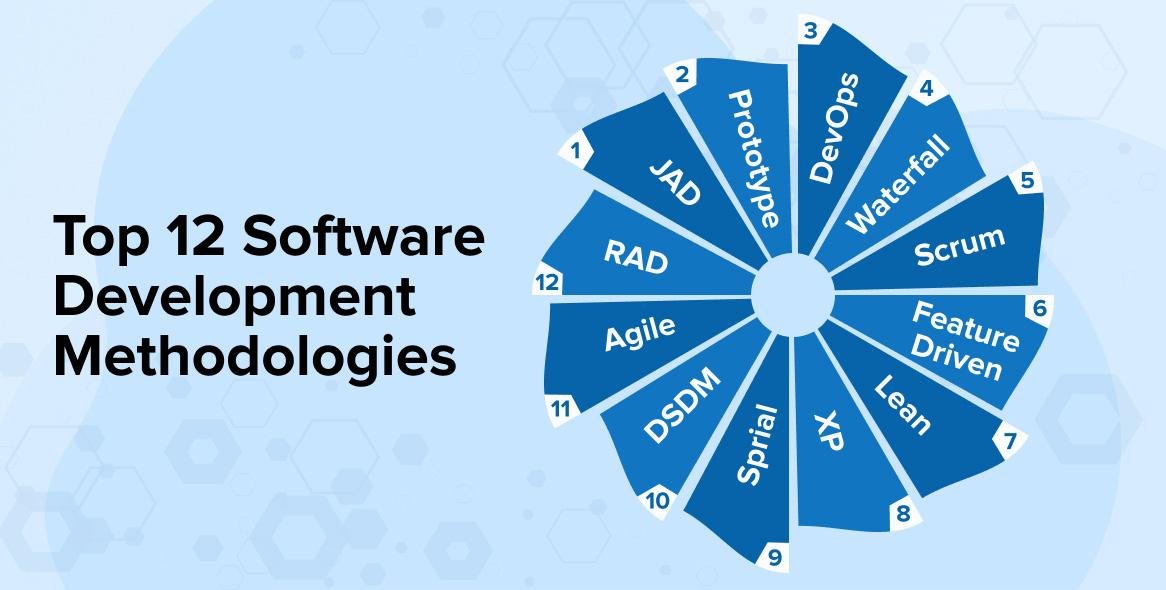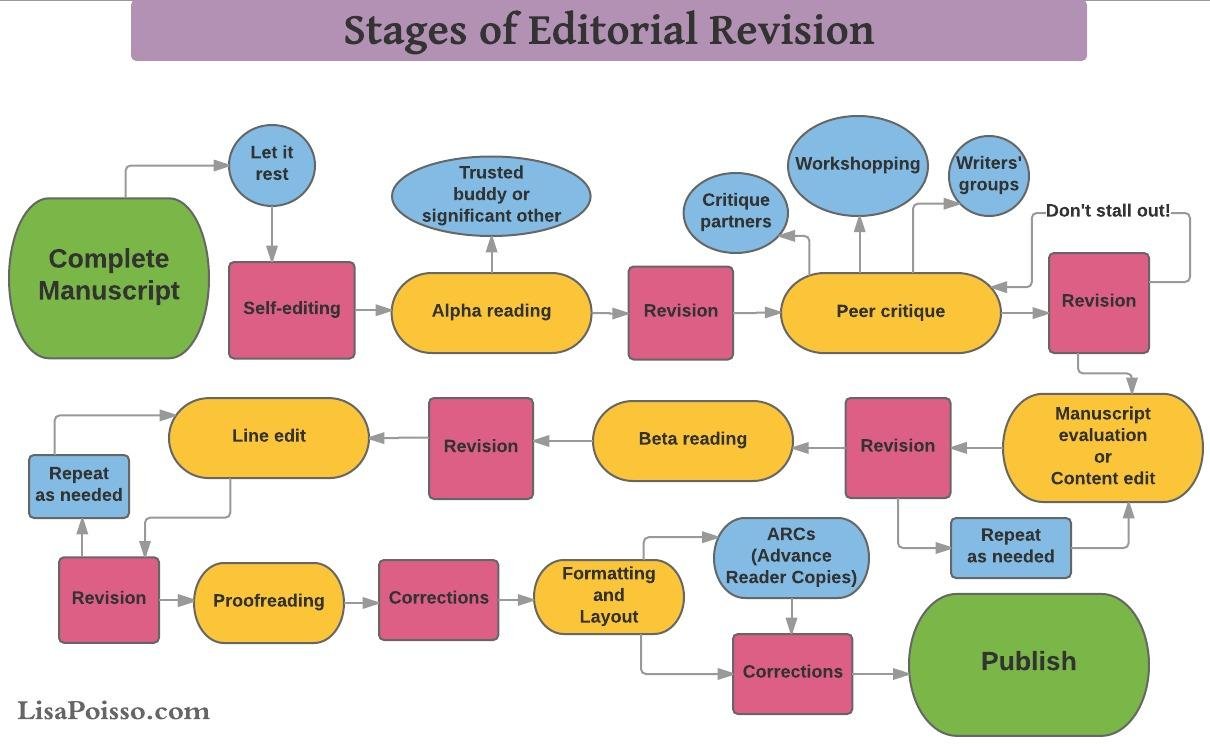research paper kaise likhe

Introduction: How to Write a Research Paper
In the world of academia, the research paper stands as a towering monument of knowledge, encapsulating the author’s original findings and insights on a specific topic. But what goes into crafting this essential document? “Research paper kaise likhe” translates to “how to write a research paper,” and this question opens the door to an exploration of structured thought and meticulous presentation.
Writing a research paper is not just about jotting down ideas; it’s a systematic process that involves gathering empirical evidence, analyzing data, and interpreting results to contribute meaningfully to an existing body of knowledge. From selecting an engaging topic to formulating a clear thesis statement, each step holds significance. Whether employing quantitative analysis or qualitative research methods, the goal remains the same: to present a coherent and compelling argument that withstands scrutiny.
This guide will elucidate the essential components of research paper writing, from brainstorming and outlining to drafting and revising, ensuring that you possess the tools needed to navigate this intricate task. Prepare to embark on a journey of scholarly discovery, where your ideas will take form and your voice will be heard in the vast expanse of academic discourse. Let’s dive into the art of research paper writing!
Understanding the Elements of a Research Paper
When embarking on the journey of crafting a research paper, it’s crucial to familiarize yourself with its core components. Each element plays a vital role in ensuring your paper communicates your findings effectively. Typically, a research paper consists of the following parts:
- Title Page: The first impression, including the title, your name, and institution.
- Abstract: A succinct summary of your research, highlighting key findings.
- Introduction: Sets the stage for your research question and its significance.
- Literature Review: An overview of existing research pertinent to your topic.
- Methodology: Details on how you conducted your research.
- Results: Presentation of your findings, often supported by tables or graphs.
- Discussion: Interpretation of results in the context of your research question.
- Conclusion: A summary of findings and potential future research directions.
- References: A formatted list of all sources cited in your paper.
Understanding how these components interconnect is imperative for a coherent narrative. For example, the methodology section not only discusses the research methods but also informs the results, which should directly respond to the research questions posed in the introduction. Furthermore, presenting your data effectively through visuals can enhance comprehension. Below is a simple table that illustrates potential sections of a research paper and their purposes:
| Section | Purpose |
|---|---|
| Title Page | Present essential information including title and authorship. |
| Abstract | Summarize key aspects and findings of the research. |
| Introduction | Introduce the researchers’ focus and significance of the topic. |
| Results | Showcase collected data and observed trends. |

Crafting a Compelling Thesis Statement
Creating a strong thesis statement is essential for any research paper, as it encapsulates the main argument and direction of your work. A well-crafted thesis should be concise, typically confined to one or two sentences, and clearly articulate your stance on the topic. Key components of an effective thesis statement include:
- Clarity: Ensure that your main idea is easily understood.
- Specificity: Avoid vague language; make sure your thesis outlines what you will cover.
- Arguable Position: Present a claim that others might dispute, inviting discussion and analysis.
Once you have a preliminary thesis statement, it’s important to refine it through revision. This includes assessing whether it directly addresses your research question and aligns with the evidence you plan to present. Use feedback from peers or mentors to enhance your thesis further. Consider the following guidelines to improve your statement:
- Revise for Precision: Adjust wording to better reflect your argument.
- Check for Coherence: Make sure the thesis flows logically from your introduction.
- Align with Structure: Ensure it complements the organization of your paper.

Methodologies That Engage and Contribute
Engaging methodologies in research can significantly enhance the quality and impact of your paper. Utilizing qualitative methods like interviews and focus groups allows for in-depth exploration of subjects, offering rich insights. On the other hand, quantitative approaches, such as surveys and statistical analysis, provide a solid foundation of data that can be easily interpreted. The combination of these methodologies not only diversifies your research but also allows for a comprehensive understanding of your study’s context. By employing diverse methods, researchers can better address their objectives and reach their intended audience.
Additionally, adopting an interactive approach can foster collaboration and contribution from peers and stakeholders. Consider implementing participant observation or case studies, which encourage involvement and feedback, creating a more dynamic research environment. Workshops and seminars can also serve as platforms for gathering diverse perspectives, promoting discussion, and refining your ideas. Below is a brief table outlining different methodologies and their unique contributions:
| Methodology | Contribution |
|---|---|
| Qualitative Methods | In-depth understanding and rich contextual data |
| Quantitative Methods | Statistical validation and generalizable results |
| Mixed Methods | Comprehensive analysis combining depth and breadth |
| Participatory Action Research | Engagement and empowerment of research subjects |

Polishing Your Paper: The Editing and Review Process
Once you have completed the initial draft of your research paper, the next crucial step is to refine your work through a thorough editing and review process. This stage will significantly enhance the quality and clarity of your argument. Start by reviewing your paper for coherence and flow; make sure each section transitions smoothly into the next. Consider the following aspects during your edit:
- Clarity: Are your ideas presented clearly?
- Conciseness: Have you eliminated unnecessary words or jargon?
- Argument strength: Have you supported your claims effectively with evidence?
After self-editing, it’s beneficial to seek feedback from peers or mentors. They can provide an external perspective that can pinpoint any gaps in logic or ambiguity. Organize your revisions based on the feedback and focus on various elements like grammar, punctuation, and formatting. Set up a table to track the revisions and ensure you address every concern:
| Feedback Area | Comments | Actions Taken |
|---|---|---|
| Clarity | Some sections are confusing | Rewrote paragraphs for clarity |
| Evidence | Need more sources | Added two more references |
| Punctuation | Incorrect usage in several places | Proofread and corrected mistakes |
In Retrospect
mastering the art of writing a research paper is both an exciting and demanding journey. By following structured approaches—like the LEAP method which transforms research findings into coherent narratives, or using templates that simplify the process—you can refine your writing and enhance your academic skills. Remember, each paper you craft is not just a project; it’s an opportunity to contribute to the vast tapestry of knowledge. Whether you’re delving into existing literature or exploring uncharted territories, the key lies in diligent research, clear organization, and effective communication. Embrace the challenge, and let your insights shine through your words. Now that you have the tools at your disposal, it’s time to dive in and bring your ideas to life. Happy writing!




